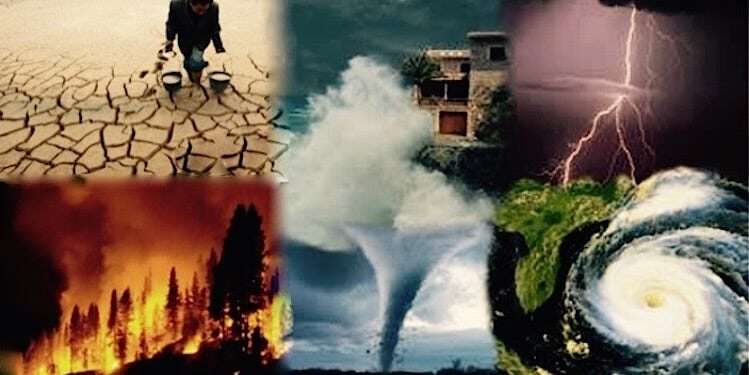At least 242 million children across 85 countries experienced disruptions in their education last year due to extreme weather events such as heatwaves, cyclones, and flooding, according to a new report by the United Nations Children’s Fund (UNICEF).
This figure represents one in seven school-aged children worldwide who faced interruptions in their schooling during 2024 because of climate-related crises.
The report highlighted the disproportionate impact on low-income countries in Asia and sub-Saharan Africa, where severe weather destroyed countless schools. However, the effects were not limited to these regions.
In southern Europe, torrential rains and floods in Italy affected over 900,000 children, while similar flooding in Spain forced thousands to miss classes.
UNICEF emphasized that heatwaves were the most significant climate threat to education in 2024, coinciding with the hottest year on record. In April alone, more than 118 million children faced educational disruptions due to prolonged heatwaves in regions ranging from Gaza to the Philippines, where temperatures soared past 40 degrees Celsius (104 Fahrenheit).
Catherine Russell, UNICEF’s executive director, underscored the unique vulnerability of children to such crises.
“Children’s bodies are uniquely susceptible. They heat up more quickly, sweat less effectively, and take longer to cool down compared to adults. In classrooms without relief from the oppressive heat, children struggle to focus, and they cannot reach school if their paths are flooded or if schools have been destroyed.”
Catherine Russell

The report revealed that approximately 74% of children impacted by climate-related disasters were in middle- and low-income nations, underscoring the inequitable burden borne by the most vulnerable populations.
In Pakistan, flooding in April destroyed over 400 schools, while Afghanistan endured heatwaves followed by catastrophic flooding in May, which wiped out more than 110 schools. Southern Africa also faced prolonged drought conditions exacerbated by the El Niño phenomenon, threatening the education of millions of children.
Cyclones further compounded the crisis. In December 2024, Cyclone Chido devastated the impoverished French territory of Mayotte in the Indian Ocean, keeping children out of school for six weeks. Mozambique suffered even greater losses, with over 330 schools and three regional education departments destroyed.
UNICEF warned that global education systems are “largely ill-equipped” to handle the growing impacts of extreme weather.
Mounting Economic and Environmental Costs
Climate-related disasters in 2024 caused an estimated $320 billion in damages globally, a 30% increase from the previous year. In the United States, wildfires and flooding contributed significantly to these losses.
The World Meteorological Organization predicts that record-breaking heat and extreme weather will persist into 2025, exacerbating the challenges of climate adaptation.
However, the return of Donald Trump to the U.S. presidency has raised concerns among climate experts. His administration’s skepticism toward climate change and focus on fossil fuel industries are expected to hinder global progress.
Analysts predict that by 2030, Trump’s policies could add an additional 4 billion tons of carbon emissions, undermining recent advances in renewable energy adoption.
With global temperatures rising and extreme weather events becoming more frequent, the implications for education, economic stability, and environmental sustainability are dire.
As climate-related disasters continue to disrupt lives and learning, UNICEF’s report serves as a reminder of the urgent need for climate adaptation and mitigation efforts. Without substantial investments in resilient education infrastructure, millions more children risk being left behind.
READ ALSO: NewGold ETF Suffers GHS22.90 Dip in Single Trading Session





















